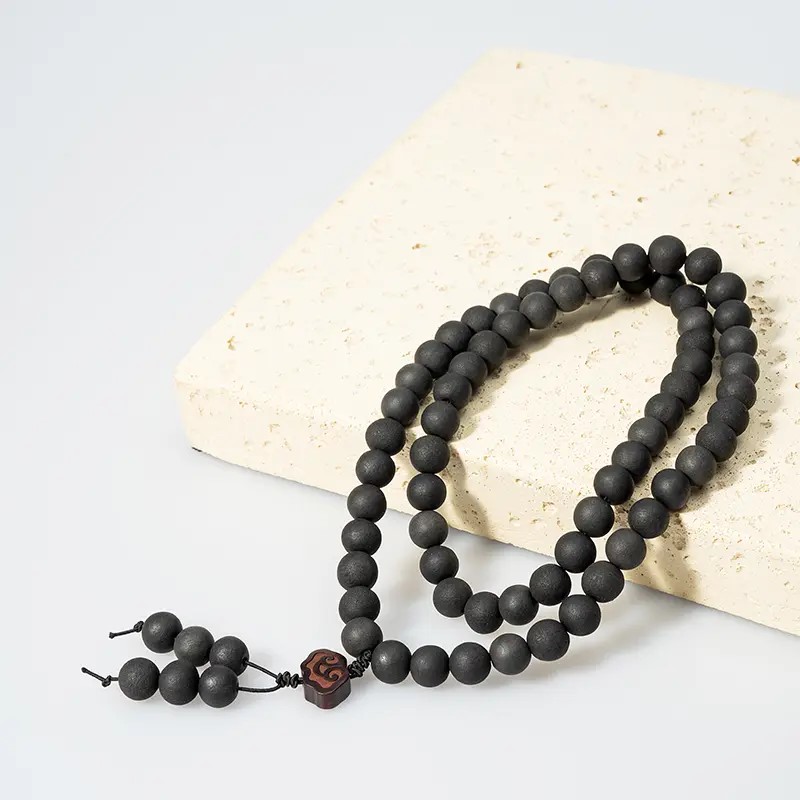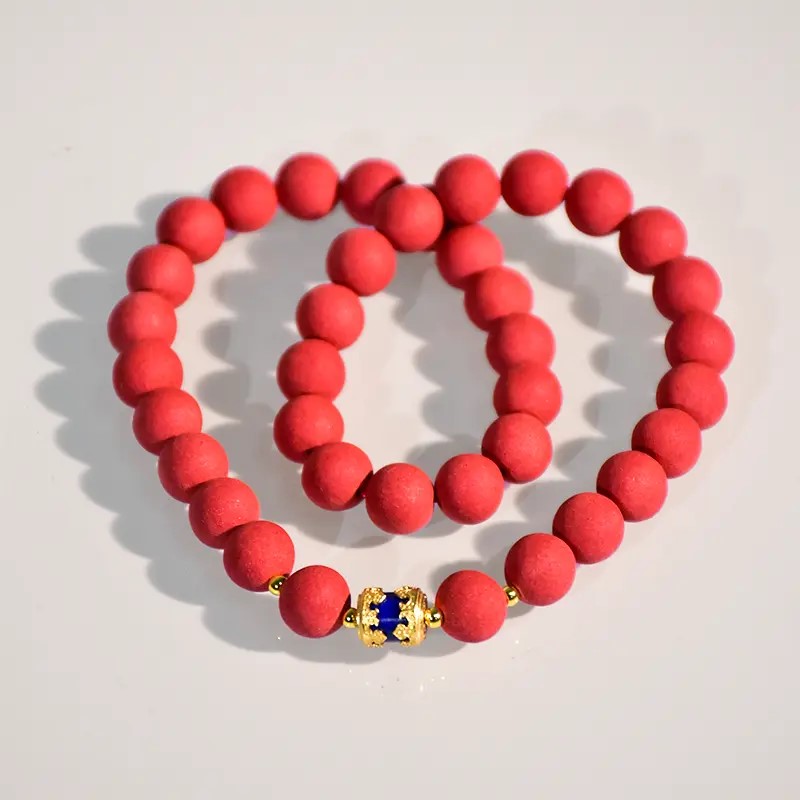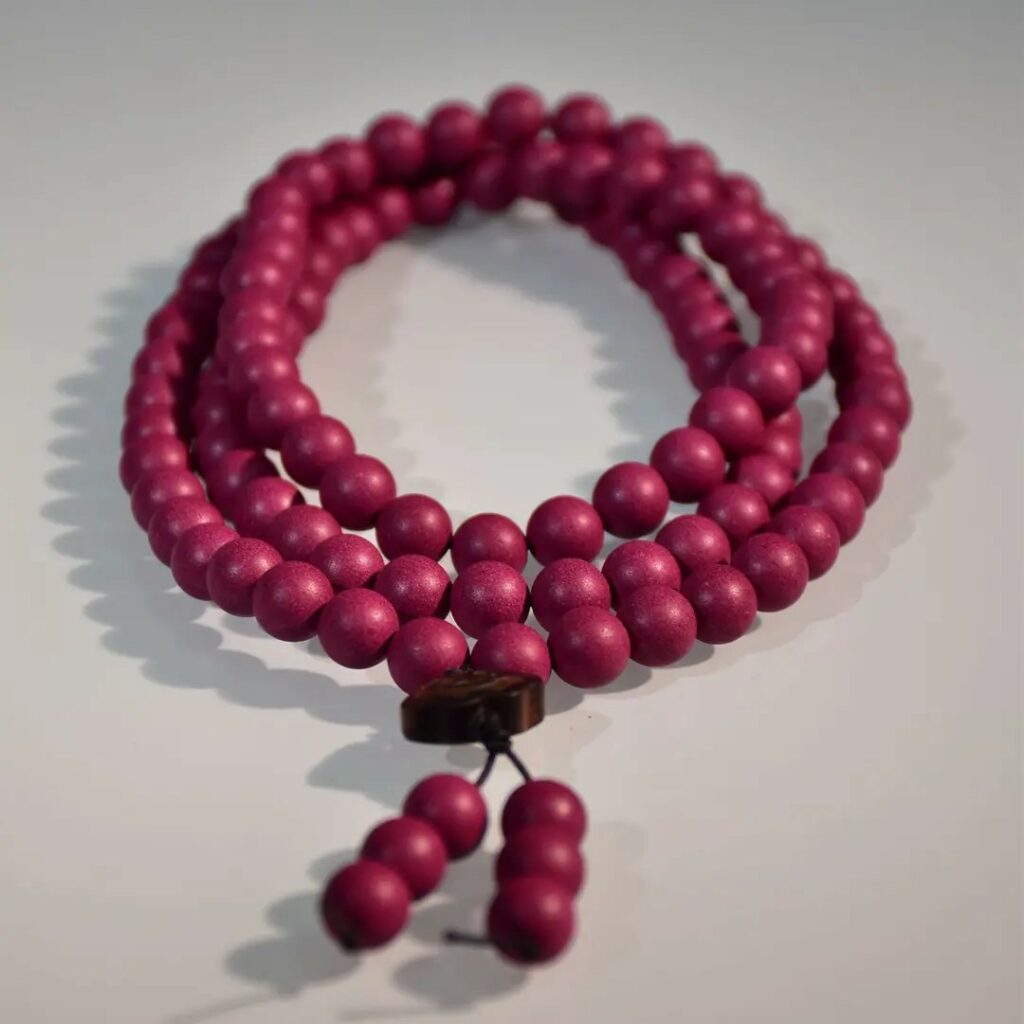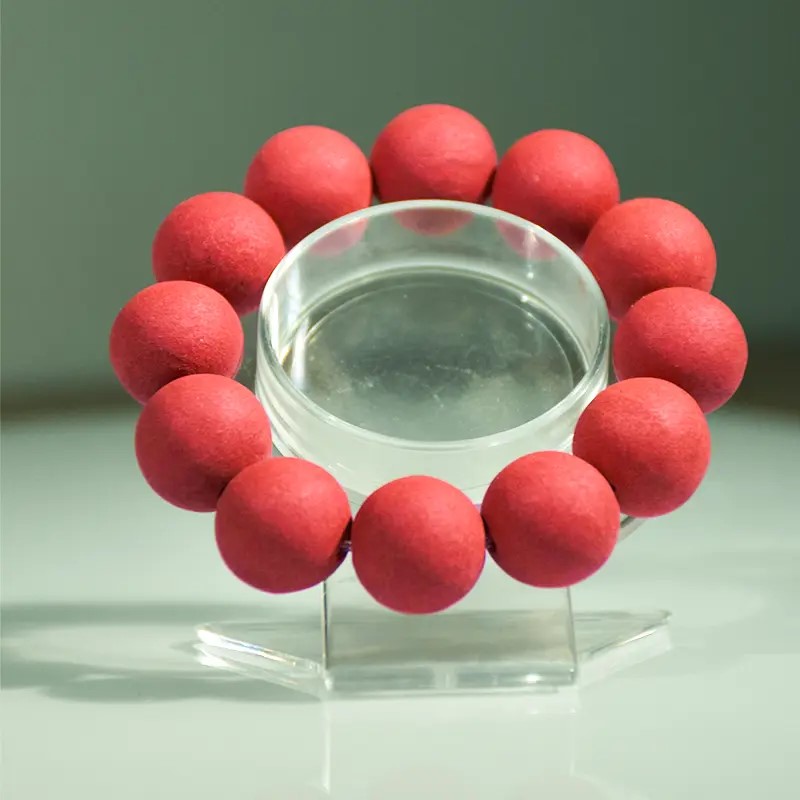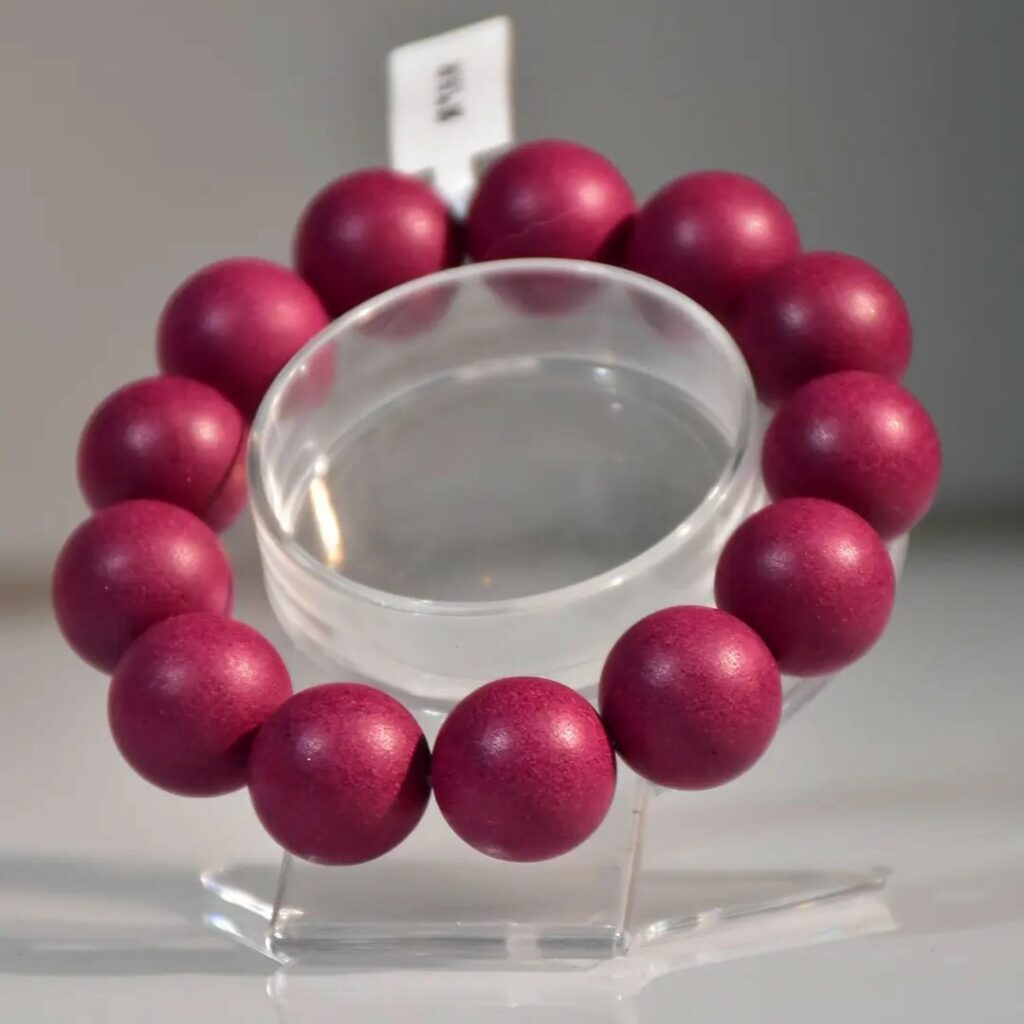Chinese Incense Beads (Xiāng Zhū): History and Uses
Chinese incense beads, known as “xiang zhu” , are small, fragrant beads made from a blend of powdered incense, herbs, resins, and binding agents. They have been used in China for centuries for their aromatic, spiritual, and medicinal properties.
Historical Background of Chinese Incense Beads
1. Origins in Ancient China
- Incense beads trace their roots to China’s Han Dynasty (206 BCE–220 CE), when incense was widely used in religious rituals, court ceremonies, and daily life.
- During the Tang (618–907) and Song (960–1279) Dynasties, incense culture flourished, and scholars, monks, and nobles often carried incense beads for fragrance and meditation.
- The Ming (1368–1644) and Qing (1644–1912) Dynasties saw incense beads become popular accessories among elites, often worn as bracelets or necklaces.
2. Traditional Ingredients & Craftsmanship
Early incense beads were made from:
- Agarwood (Chénxiāng) and sandalwood (Tánxiāng) – prized for their rich, lasting fragrance.
- Herbs & spices like clove, cinnamon, and musk for additional benefits.
- Binding agents such as honey or herbal glue to shape the beads.
Artisans would grind incense materials into powder, mix them with natural adhesives, and hand-roll them into beads before drying and polishing them.
3. Cultural & Spiritual Significance
- Buddhist & Taoist Influence: Used as prayer beads (similar to Buddhist mala beads) for chanting and meditation.
- Scholar’s Elegance: Confucian scholars and literati appreciated incense beads as a symbol of refinement.
- Imperial Favor: Qing Dynasty emperors and nobles wore them as luxury accessories and believed they warded off evil spirits.
Uses of Chinese Incense Beads
1. Spiritual & Meditative Tool
- Used in Buddhist and Taoist practices for counting mantras or prayers.
- Believed to purify the mind and enhance focus during meditation.
2. Perfume & Aromatherapy
- Worn as bracelets or necklaces to emit a subtle, natural fragrance.
- Alternative to modern perfumes, providing a long-lasting, herbal scent.
3. Health & Wellness
- Traditional Chinese Medicine (TCM) associates certain incense ingredients with:
- Calming the nerves (sandalwood, agarwood).
- Repelling insects (camphor, clove).
- Improving Qi (energy) flow.
4. Fashion & Status Symbol
- In imperial times, high-quality incense beads were a luxury item for nobles.
- Today, they are worn as cultural jewelry and Feng Shui accessories for good luck.
5. Decorative & Ritual Use
- Hung in homes or cars for pleasant fragrance and protection.
- Used in traditional ceremonies and as gifts for blessings.
Modern Revival of Incense Beads
Today, Chinese incense beads are experiencing a revival among:
- Aromatherapy enthusiasts seeking natural scents.
- Spiritual practitioners using them for mindfulness.
- Cultural preservationists keeping traditional craftsmanship alive.
